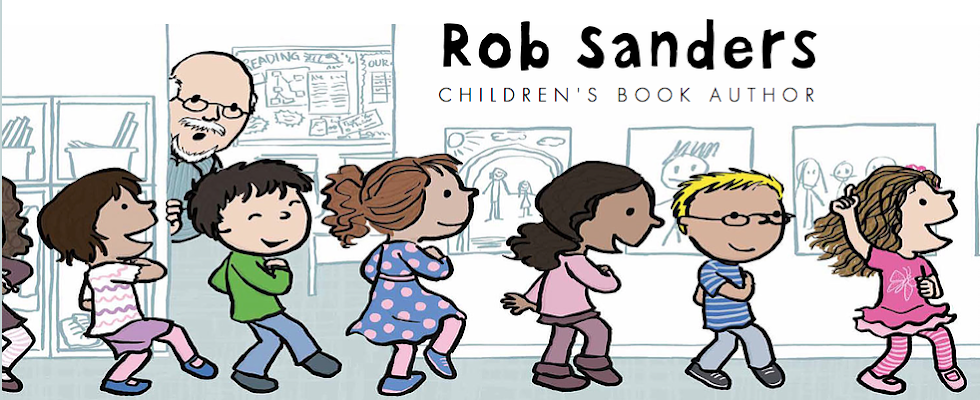Week of March 20—Language Play for Lively Writing
Tuesday, March 22—Alliteration and Assonance—Fabulous fun!
A critique friend recently told me that she had read that editors don’t want books with alliteration any more and that it can look amateurish in our writing. A quick peek at a stack of picture books will show us that alliteration and assonance is alive and well. I suspect when editors, agents, and others say they don’t want alliteration (or rhyme, or any numbering of things), what they are actually saying is they don’t want any more BAD alliteration (rhyme, or any number of other things)!
Sometimes writers might overdo alliteration (or any number of other things!). I think writing craft should be used like sprinkles on a cupcake. You’d never take a handful of sprinkles and jam your hand on top of a cupcake. You’d sprinkle those tasty little candies gently across the top of the icing. The same with writing craft, effective writers sprinkle craft throughout their manuscripts with style and finesse.
Let’s look to Ralph Fletcher for definitions of alliteration and assonance.
Alliteration: the repetition of the initial sounds in two or more words. Writers use alliteration to make the sentences flow more easily, to reinforce a particular sound, and to fix the sound in the ear of the reader.
Assonance: the repetition of vowel sounds inside a series of words in a line or a sentence. For instance, listen to the series of short i sounds in this phrase: “the inquisitive fingers of the wind.”
From: Pyrotechnics On the Page: Playful Craft That Sparks Writing by Ralph Fletcher, pp. 130-131.
Now the Robinition: Assonance is artsy. Alliteration is fun! Honestly, both can add humor, warmth, fun, and charm. I love writing with alliteration and I think kids love to hear and read it and they think of alliteration as tongue twisters. Assonance takes more skill (in my opinion) and I have lots more to learn about assonance and need to practice it much more.
ASSONANCE
The Recess Queen by Alexis O’Neill and Laura Huliska-Beith is a fun and effective example of assonance.
If kids ever crossed her,
She’d push ‘em and smoosh ‘em,
Lollapaloosh, ‘em,
Hammer ‘em, slammer ‘em.
Kitz and kajammer ‘em.
“Say WHAT?” Megan growled.
“Say WHO?” Mean Jean howled.
“Say YOU! Just who do you think you’re talking to/”
Mean Jean always got her way ,
UNTIL one day . . .
The Recess Queen by Alexis O’Neill and Laura Huliska-Beith, pp. 7-8
ALLITERATION
I sometimes let myself get trapped with using one initial sound too much or overdoing that one sound. In this excerpt from The Magic Hat, Mem Fox demonstrates how to use alliteration and to vary and “spread out” the use of it. I think this shows alliteration at its best . . . little surprising gems of repetition.
So everyone stopped
And stared in surprise
At the wonderful wizards with sparkling eyes,
He took from his beard, with a nod and a wink
A wand, which he waved—and what you think think?
From: The Magic Hat by Mem Fox and Tricia Tusa, p. 24
Each of his books seems to reveal a different side of Lester Laminack. But over and over again I get the distinct impression that Lester is telling the stories of his life. In his sweet and gentle book The Sunsets of Miss Olivia Wiggins, he uses alliteration in a soft and gentle way. Instead of standing out as a fun, ear-tasing emphasis, the alliteration in this passage seems to reiterate the condition of Miss Olivia Wiggins.
Miss Olivia Wiggins sits and looks at nothing and at everything, all at the same time.
She spends much of each day just sitting. Sitting with her hands folded in her lap. Hands once strong, with nimble fingers that milked cows and gathered fresh eggs. Hands that shelled peas, shucked corns, quilted bed covers. Hands that braided hair and soother babies. Hands that loved.
Now those hands are fragile, frozen, folded in her lap.
From: The Sunsets of Miss Olivia Wiggins by Lester L. Laminack and Constance R. Bergum, p. 9
ASSONANCE AND ALLITERATION COMBO
Leave it to that wacky and fun Margie Palatini to mix alliteration and assonance . . . . and, oh, what a delight!
Gritch the Witch woke up grouchy, grumpy, and very hungry. Her belly grumbled for something delicious.
Something delightful.
Something special.
But what?
It wasn’t purple mouse-tail stew.
No, she ate that yesterday for lunch.
Maybe some mashed dragon-tongue pudding?
No. Gritch wasn’t in the mood for anything quite that sweet.
Perhaps a taste of boil black buzzard feet.
That always made her mouth water.
No, not today.
From: Piggie Pie! by Margie Palatini and Howard Fine, p. 4
It’s Your Turn!
1. Choose an initial sound (for instance r) and write a sentence using alliteration (for instance: Red rhinos rollerbladed rapidly). Don’t worry about making sense, have fun. Keep creating those alliteration sentences. Next, try out assonance using a repeating internal vowel sound.
2. Now do my favorite thing—go on a hunt! Go hunting in picture books for alliteration and assonance!





No comments:
Post a Comment